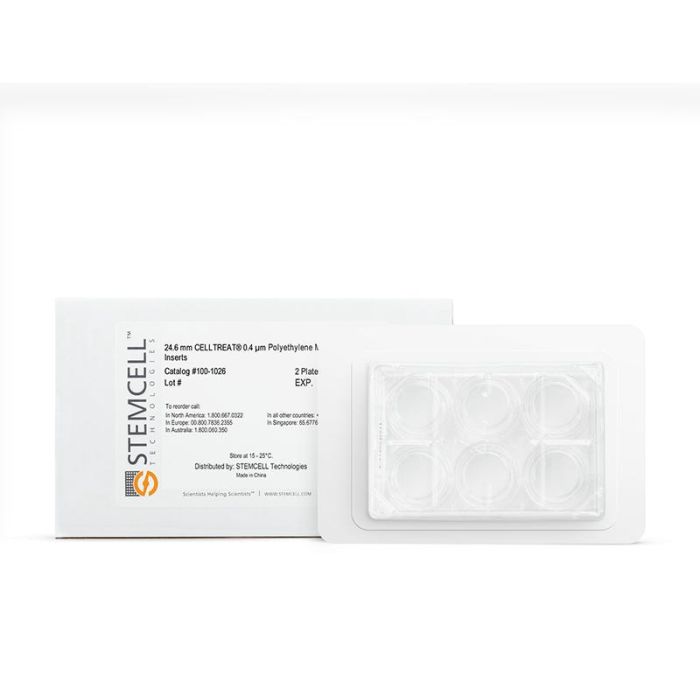产品号 #100-0997_C
带盖的聚苯乙烯板和聚乙烯膜插件
CELLTREAT®0.4µm聚乙烯膜插件可用于气液界面培养呼吸道上皮细胞。这些插件支持贴壁依赖性细胞和贴壁非依赖性细胞的生长,包括那些在外侧表面或共培养体系中培养的细胞。孔密度为2 × 10⁶孔/cm^2,这些渗透性插件可用于各种应用,包括感染性和遗传性疾病建模,药物发现,毒性测试和上皮细胞生物学。CELLTREAT®0.4µm聚乙烯膜插件经验证可搭配使用PneumaCult™-Ex Plus 培养基(产品号#05040), PneumaCult™-ALI培养基(产品号#05001),Interticult™人肠道类器官分化培养基(产品号# 100 - 0214).
亚型
培养皿与培养板
种属
人,小鼠,非人灵长类,其它细胞系,大鼠
应用
细胞培养
品牌
CELLTREAT
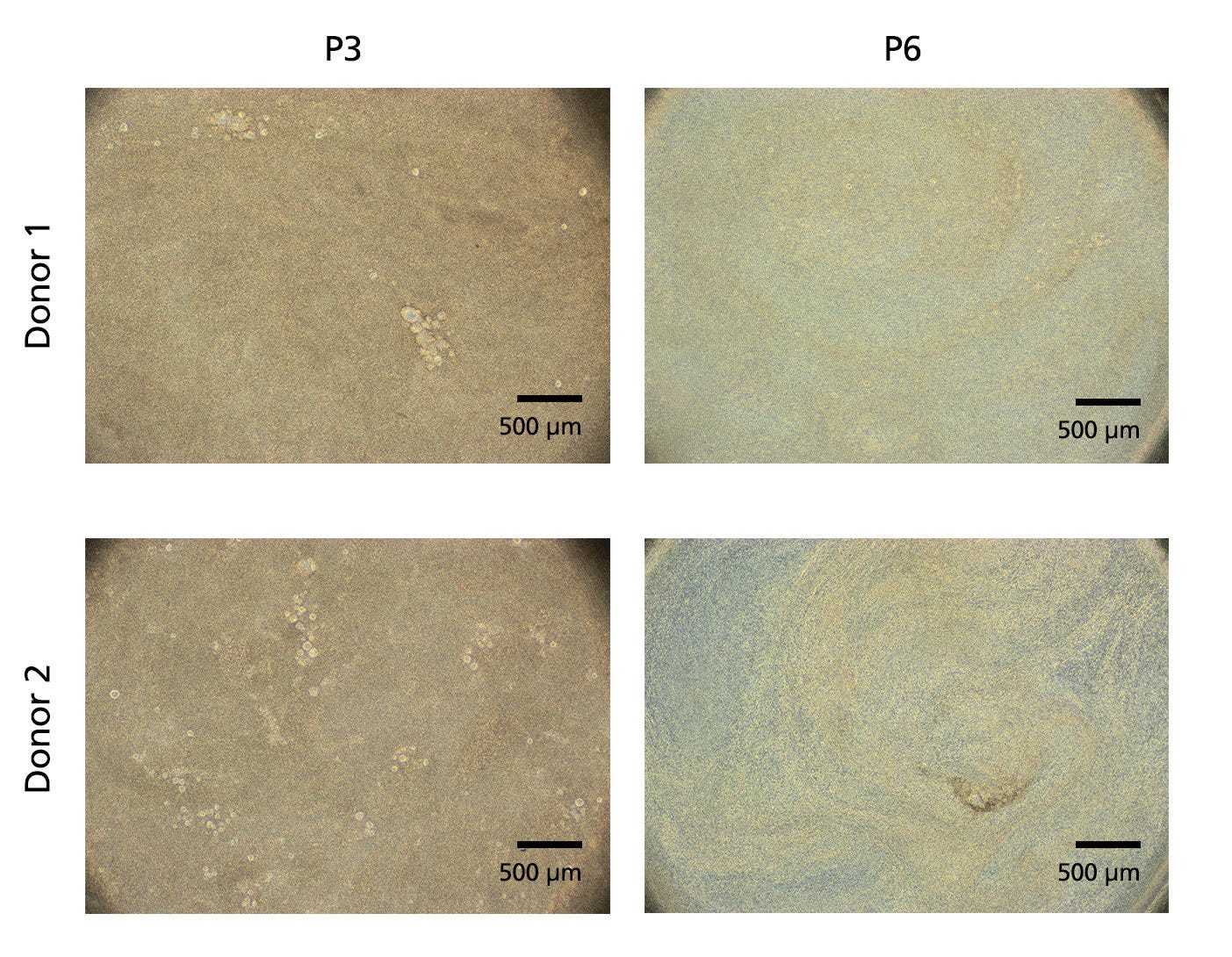
Figure 1. ALI Cultures Generated Using CELLTREATⓇ Inserts Are Highly Differentiated
Human bronchial epithelial cells (HBECs), expanded in PneumaCult™ Ex-Plus Medium (Catalog #05040), were seeded onto CELLTREATⓇ Inserts at an early (P3) or late passage (P6) and differentiated in PneumaCult™-ALI Medium (Catalog #05001) for 4 weeks. A high level of differentiation (represented by brown areas of the culture), as well as mucus secretion and visible cilia beating on the apical surface (not shown), were observed with cultures grown on CELLTREATⓇ Inserts. Scale bar = 500 µm.
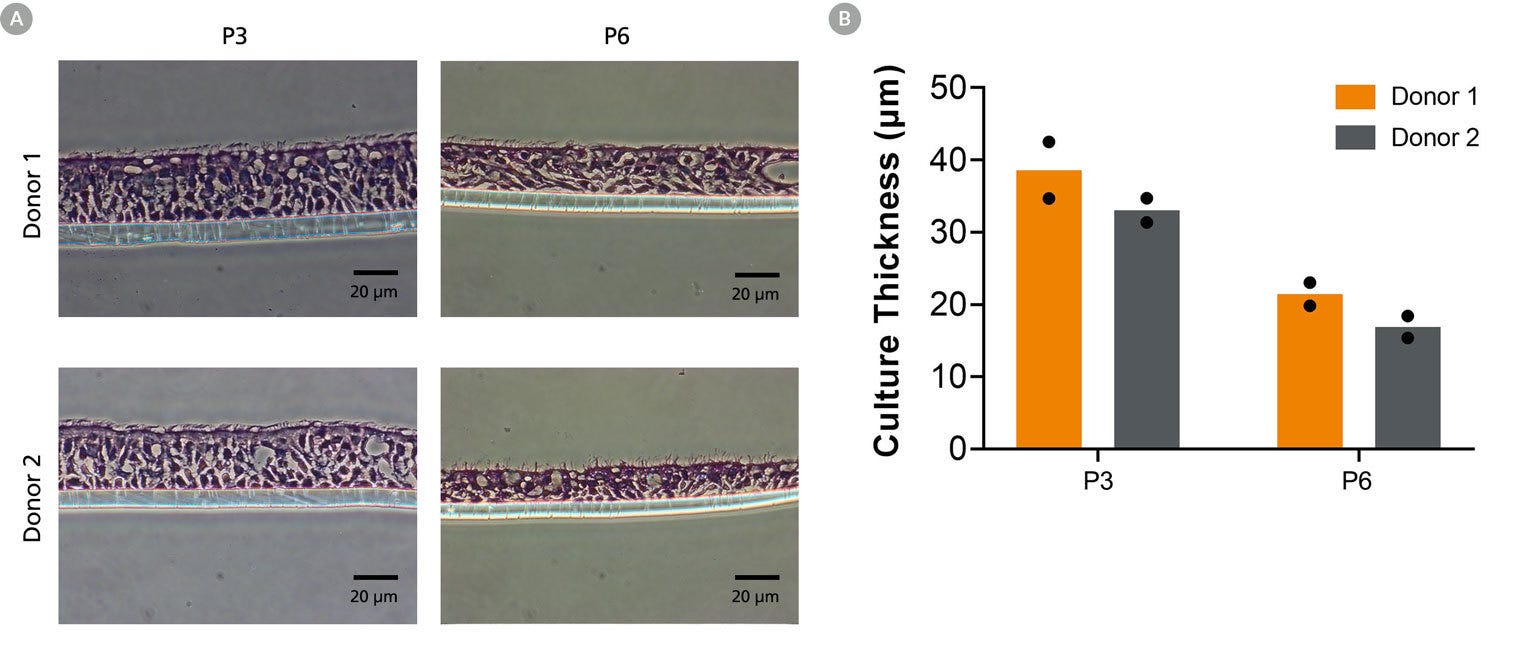
Figure 2. ALI Cultures Generated Using CELLTREATⓇ Inserts Form Pseudostratified Columnar Epithelium
ALI cultures, differentiated from HBECs at an early (P3) or late passage (P6), were fixed 4 weeks after air-lift. They were then paraffin embedded, sectioned, and stained with H&E. Cultures generated using CELLTREATⓇ Inserts resulted in a pseudostratified columnar epithelium with visible cilia at the apical surface. An expected reduction in ALI culture thickness is observed with increasing HBEC passage number. (A) Representative H&E stained cross-sections; (B) ALI culture thickness (n = 2 replicate wells from a single experiment). Scale bar = 20 µm.
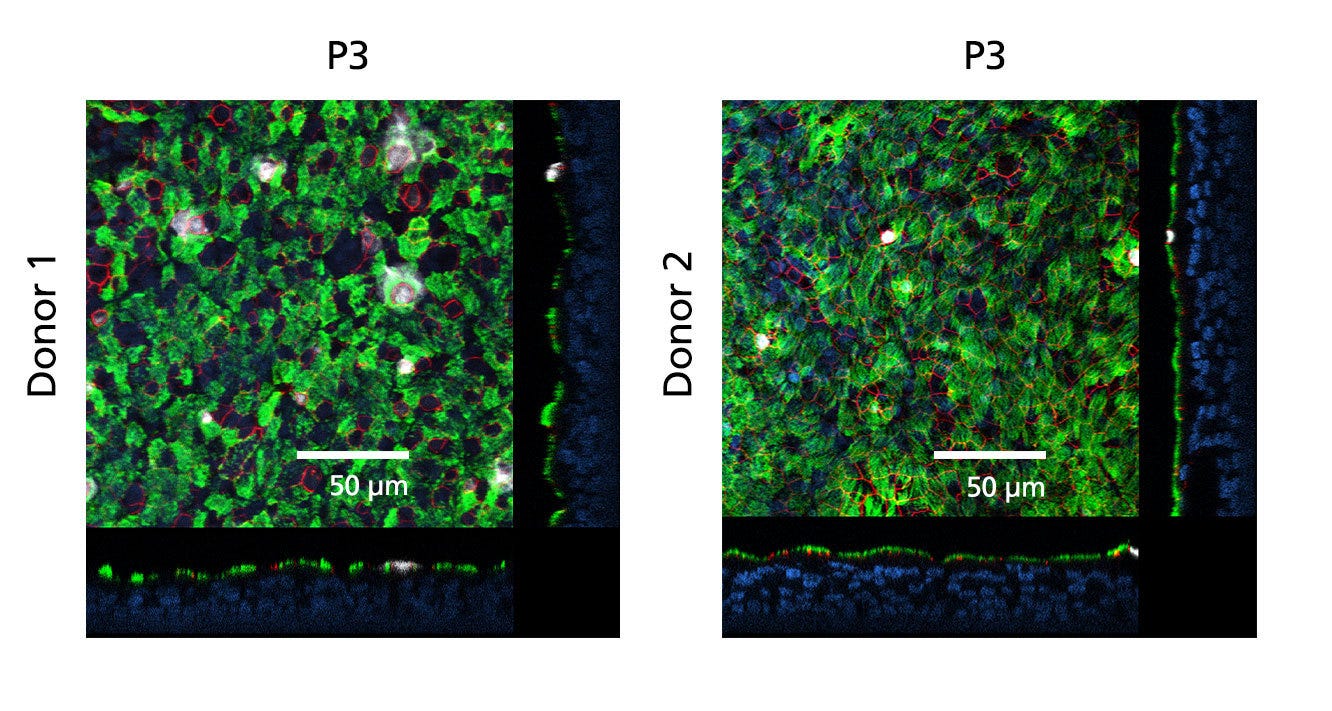
Figure 3. ALI Cultures Generated Using CELLTREATⓇ Inserts Enable Differentiation of HBECs to Cell Types Present in the Large Airway Epithelium
ALI cultures differentiated from HBECs at an early passage (P3) were fixed and stained with antibodies for ciliated cells (AC-tubulin; green), cell junctions (ZO-1; red), and goblet cells (Muc5AC; white). The nuclei were counterstained with DAPI (blue). Pseudostratified mucociliary differentiation is indicated by high expression of markers of the large airway. Scale bar = 50 µm.
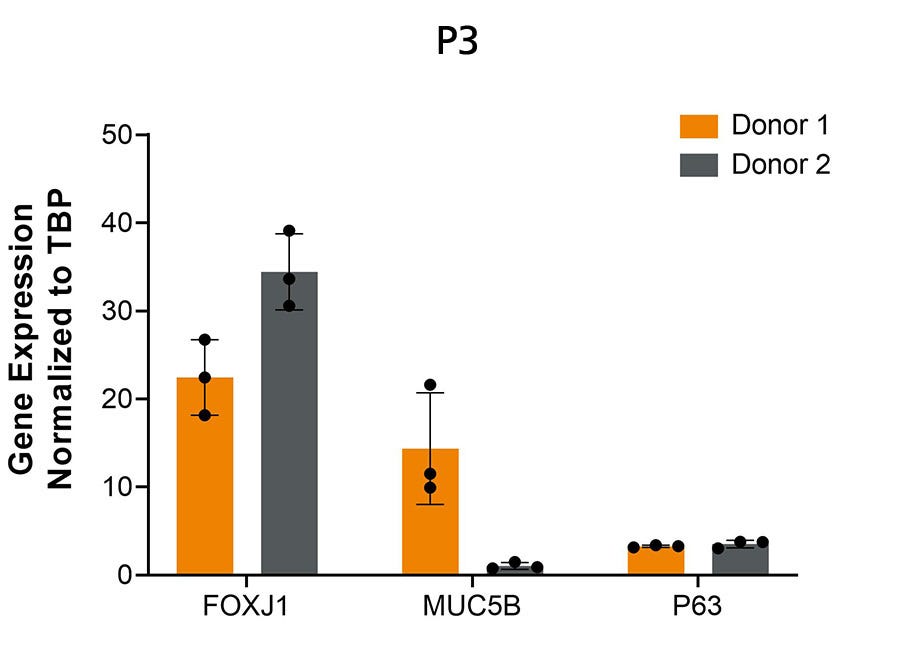
Figure 4. ALI Cultures Generated Using CELLTREATⓇ Inserts Show High Expression of Large Airway Markers
ALI cultures, differentiated from HBECs at an early passage (P3), were collected 4 weeks after air-lift. Expression of large airway markers for ciliated (FOXJ1), goblet (MUC5B), and basal (P63) cells were assessed by qPCR and normalized to the housekeeping gene TBP. Error bars represent standard deviation (n = 3 replicate wells from a single experiment).
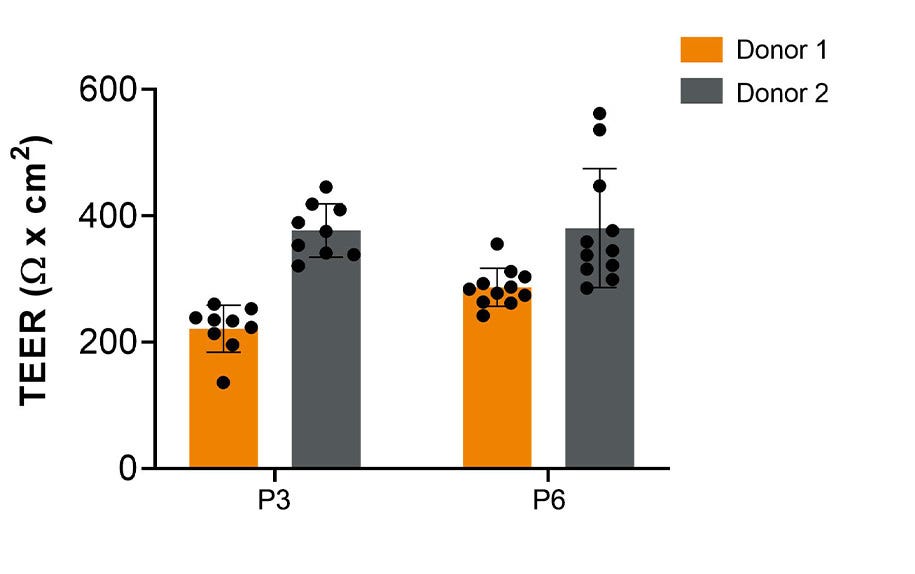
Figure 5. ALI Cultures Generated Using CELLTREATⓇ Inserts Show Optimal Barrier Function
TEER measurements of ALI cultures differentiated from HBECs at an early (P3) or late passage (P6) were taken 4 weeks after air-lift. Values were corrected against blank wells. Average values of donors were within the expected normal physiological levels (200 - 800 Ω x cm2), indicative of optimal culture differentiation. Error bars represent standard deviation (n ≥ 9 replicate wells from a single experiment).
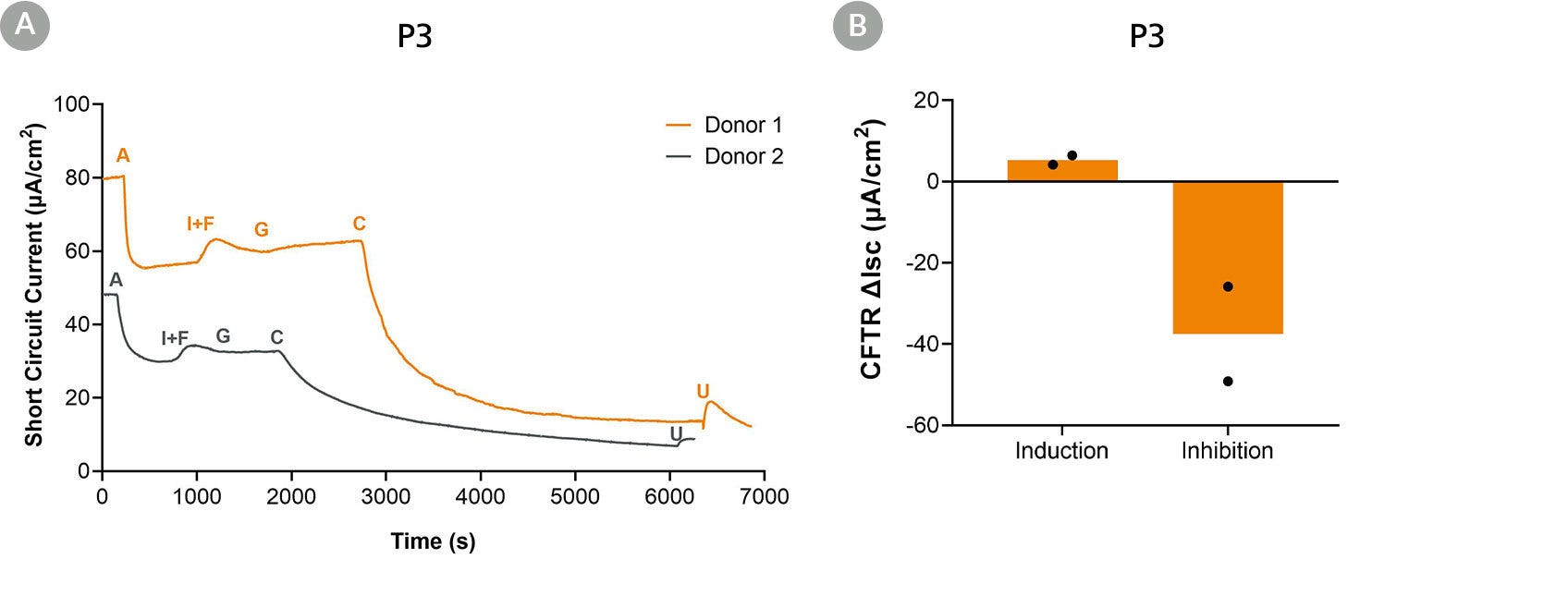
Figure 6. ALI Cultures Generated Using CELLTREATⓇ Inserts Show Normal Electrophysiological Activity
ALI cultures differentiated from HBECs at an early passage (P3) were assessed using Ussing Chamber analysis 6 months after air-lift. Cultures generated using CELLTREATⓇ Inserts showed functional ion-transporters within the epithelial cell layer, as demonstrated by the addition of activating and inhibitory drugs. (A) Representative electrophysiological trace of two independent donors; (B) CFTR-inducible and inhibitable short-circuit current (n = 2 donors). A = Amiloride (ENaC inhibitor); I+F = IBMX and Forskolin (CFTR activators); G = Genistein (CFTR potentiator); C = CFTRinh-172 (CFTR inhibitor); U = UTP (calcium-activated chloride channels (CaCCs) activator).

Figure 7. Differentiated Intestinal Organoid-Derived Monolayers or Caco-2 Cells Reach Full Confluence When Using CELLTREATⓇ Inserts
Human intestinal organoids, previously maintained in IntestiCult™ Organoid Growth Medium (Human) (Catalog #06010), were dissociated, replated onto CELLTREATⓇ Inserts, and differentiated using IntestiCult™ Organoid Differentiation Medium (Human) (Catalog #100-0214). The Caco-2 epithelial cell line from a colorectal adenocarcinoma was used as a control. Between 3 to 7 days of culture, monolayers from two different ileal donors and Caco-2 cells reached full confluence. Scale bar = 250 µm.
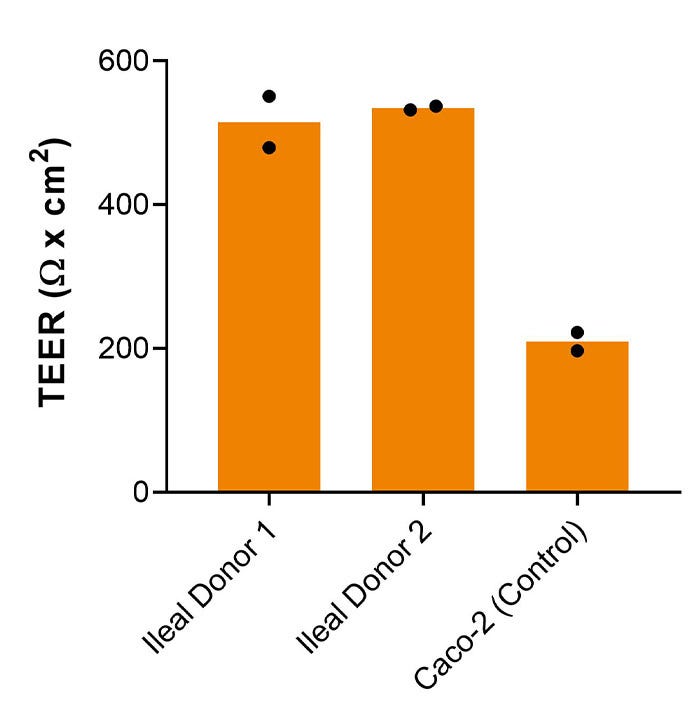
Figure 8. Differentiated Intestinal Organoid Derived Monolayers or Caco-2 Cells Generate Using CELLTREATⓇ Inserts Demonstrate Optimal Barrier Function
TEER measurements of human intestinal organoid monolayers or the epithelial cell line, Caco-2, were taken 7 days after plating. Cultures generated using CELLTREATⓇ Inserts demonstrate values within the expected range of over 200 Ω x cm2, indicative of optimal barrier function (n = 2 replicate wells from a single experiment).
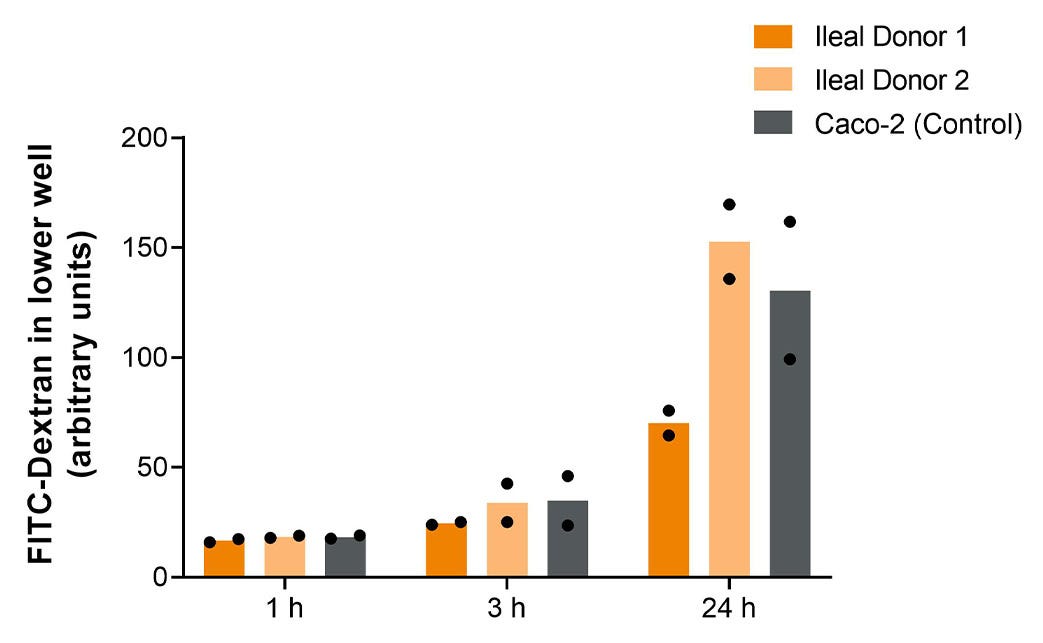
Figure 9. Differentiated Intestinal Organoid Derived Monolayers or Caco-2 Cells Generated Using CELLTREATⓇ Inserts Show Low Permeability to FITC-Dextran
The permeability of human intestinal organoid monolayers or the epithelial cell line, Caco-2, were measured 7 days after plating. FITC-dextran was added apically and sampled from the basolateral chamber after 1, 3, and 24 h. All cultures generated using CELLTREATⓇ Inserts demonstrate low permeability with the steady diffusion of FITC-dextran observed over time, indicative of a confluent monolayer (n = 2 replicate wells from a single experiment).
Find supporting information and directions for use in the Product Information Sheet or explore additional protocols below.
This product is designed for use in the following research area(s) as part of the highlighted workflow stage(s). Explore these workflows to learn more about the other products we offer to support each research area.
Thank you for your interest in IntestiCult™ Organoid Growth Medium (Human). Please provide us with your contact information and your local representative will contact you with a customized quote. Where appropriate, they can also assist you with a(n):
Estimated delivery time for your area
Product sample or exclusive offer
In-lab demonstration
| Species | Human, Mouse, Non-Human Primate, Other, Rat |
|---|
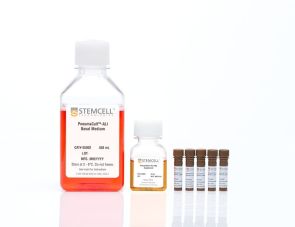
在气液界面培养的人气道上皮细胞的无血清和无bpe培养基
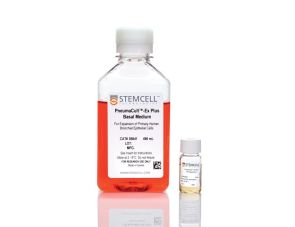
无血清和无bpe培养基用于原代人气道上皮细胞的扩增
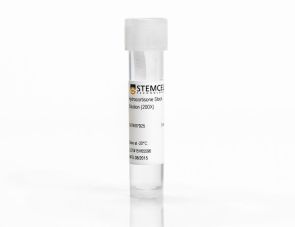
细胞培养补充剂
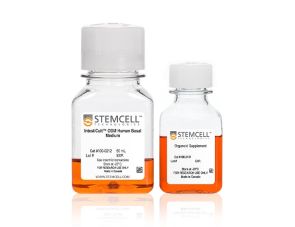
用于将人肠道类器官在3D,或在单层/气液界面培养的形式下进一步分化的培养基
扫描二维码或搜索微信号STEMCELLTech,即可关注我们的微信平台,第一时间接收丰富的技术资源和最新的活动信息。
如您有任何问题,欢迎发消息给STEMCELLTech微信公众平台,或与我们通过电话/邮件联系:400 885 9050 INFO.CN@STEMCELL.COM。

